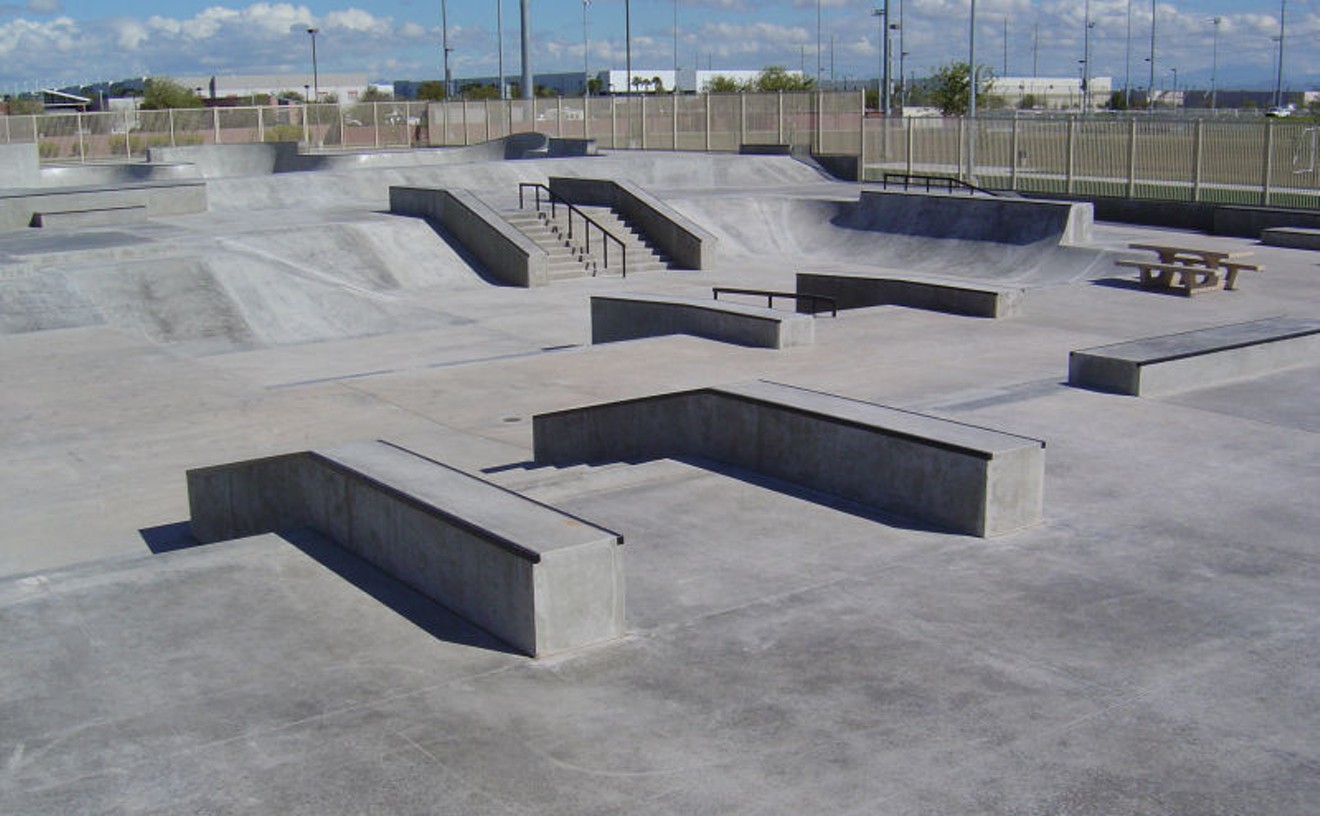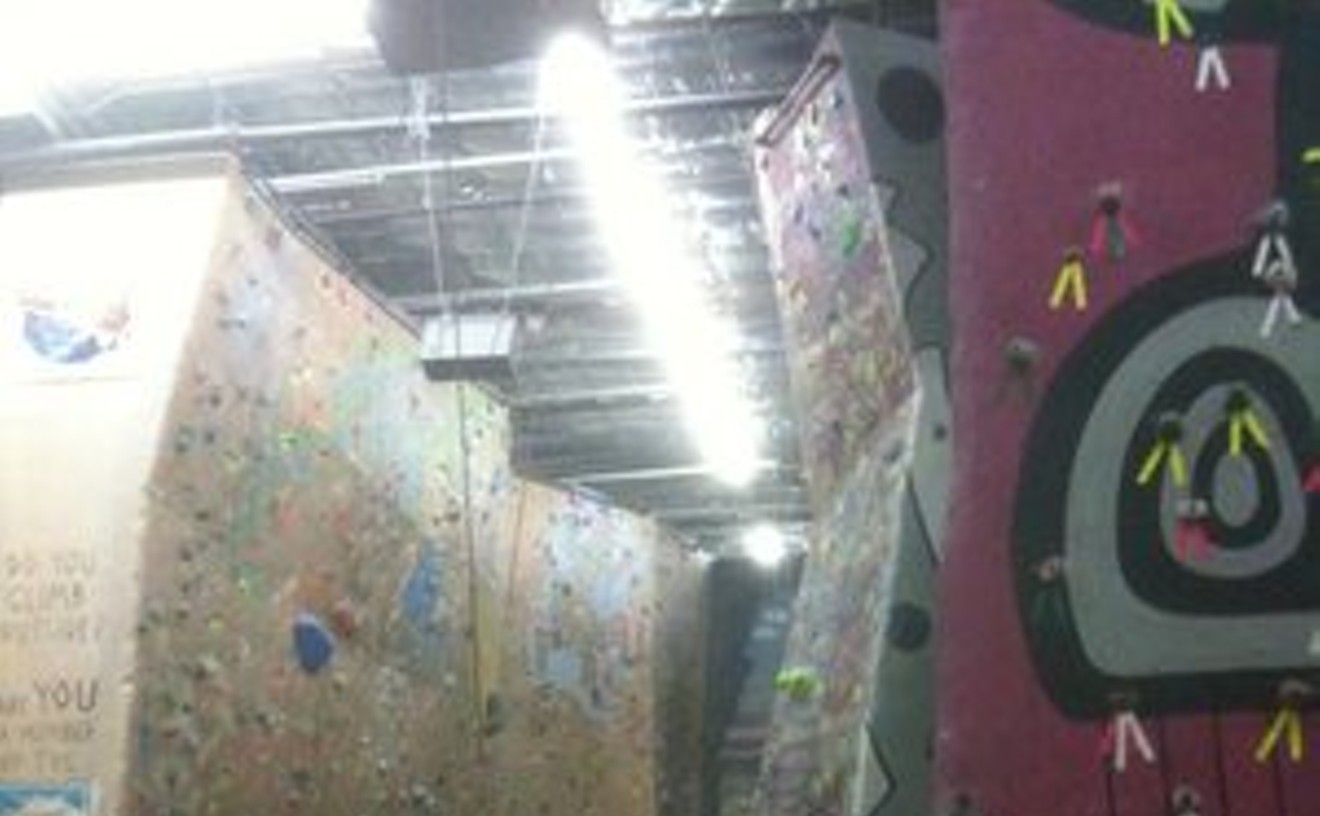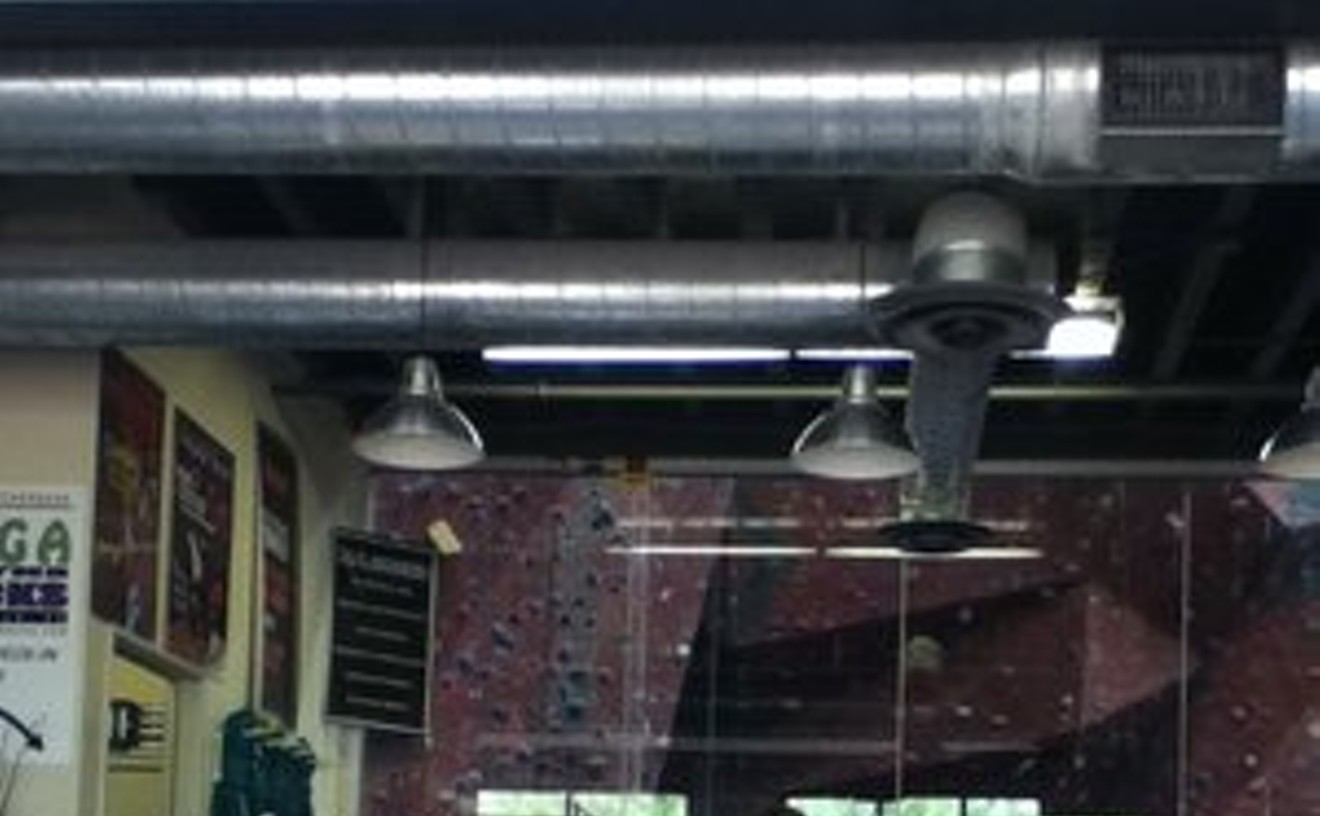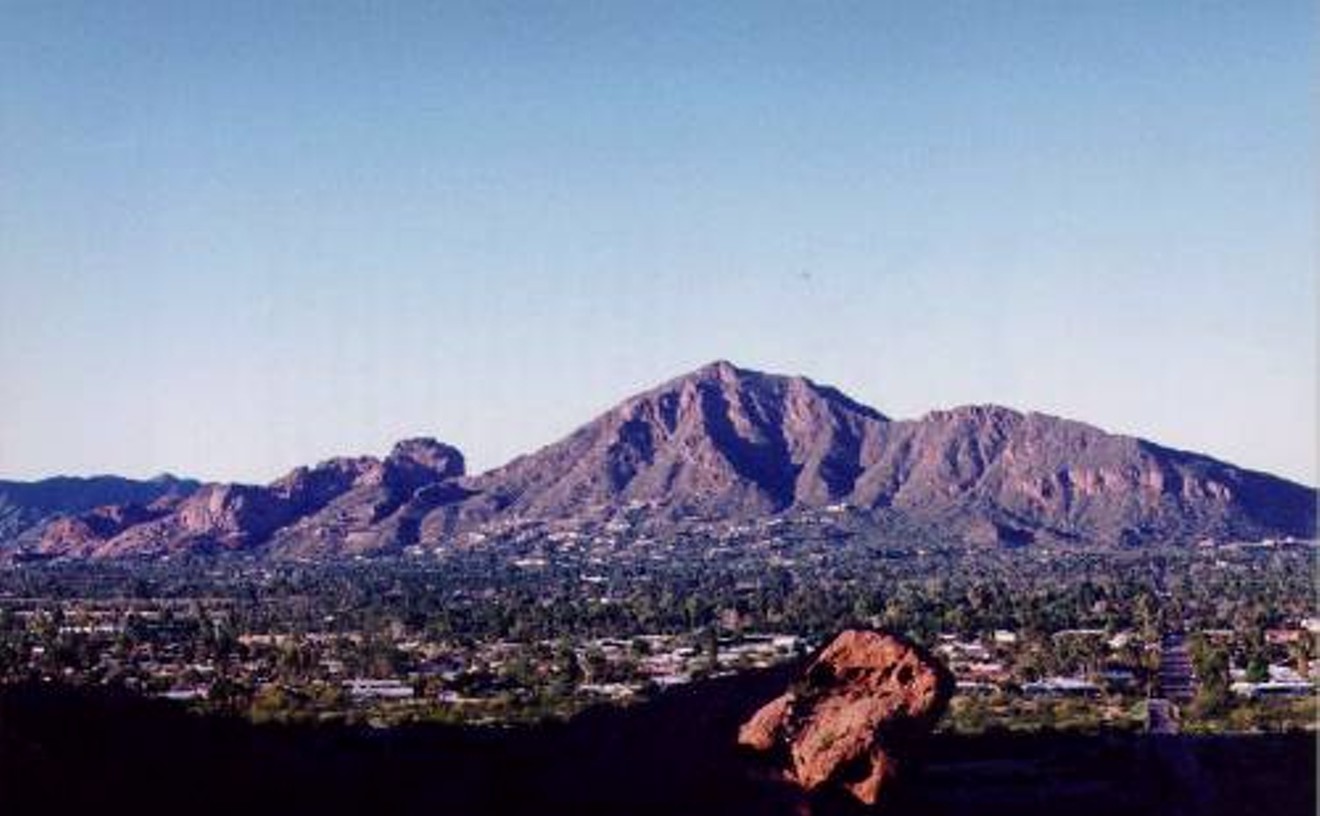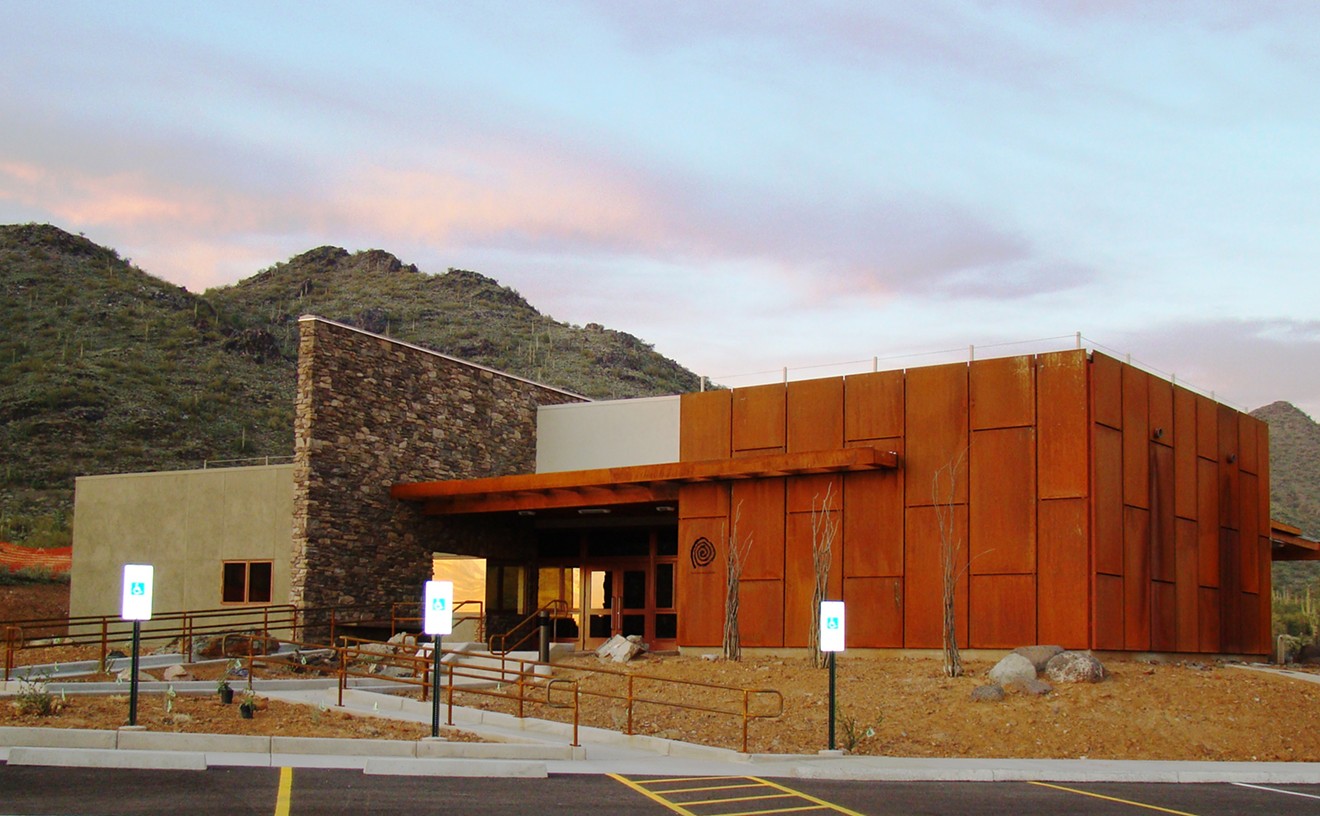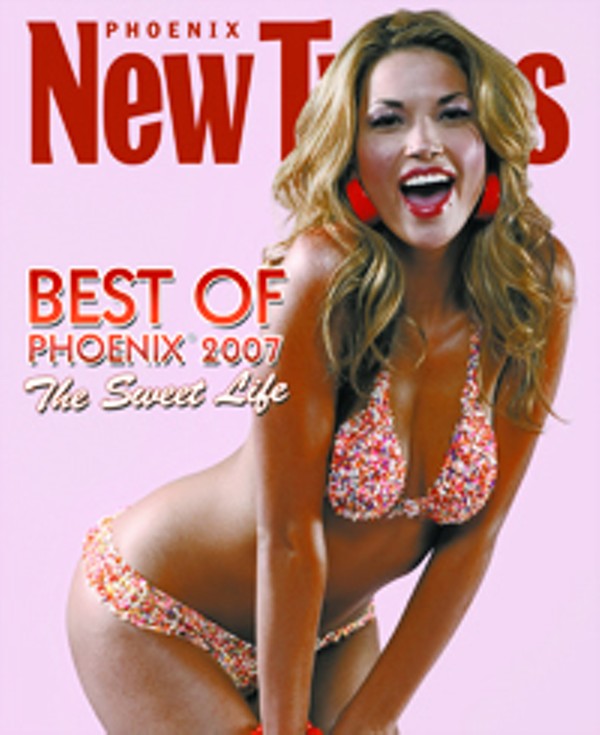That's why we love the Cowtown store in Tempe — it gets back to the idea that a skate shop should be the center of a community. Sure, you can buy the Volcom hoodies and the rest of that trendy crap, but beyond that, there's a sense that the people here actually know a little about the scene they're working in. Scattered throughout the store is a tiny homage to the history of skateboarding — an ancient Life magazine featuring a cover story on "the grace and menace of skateboarding" and a book from the '80s called Skateboarding Is For Me are tucked into shelves around the merch. And then there's the store's awesome display of vintage cameras, including a Polaroid Swinger and a Keystone Everflash.
Skateboarding is a sport as much about visuals as it is about performance, and it's cool to see a subtle nod to that in the displays. But the absolute best thing about the shop is its art gallery, MVMNT, which features work by local artists and skateboarders like CR3, who paints on broken decks, and DDGP Design Concepts, the brand name for Dan Diaz's furniture fashioned out of highly stylized skateboards. It's a cool place to wander around and we'd rather spend our money here any day than give it to some tool working the register at the mall.



